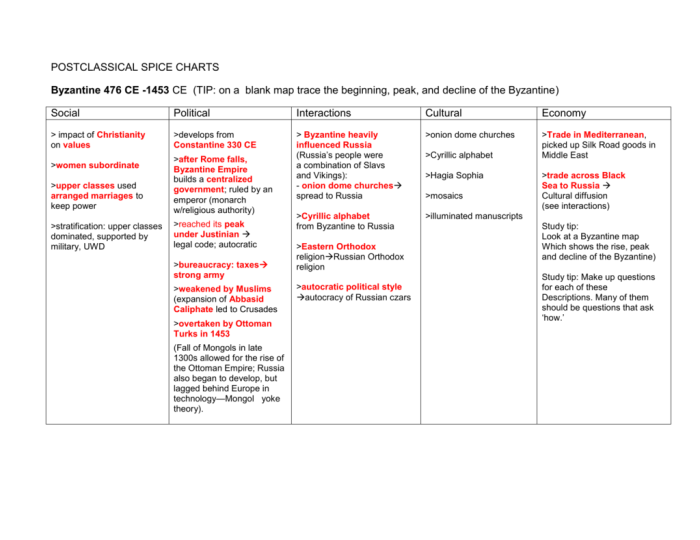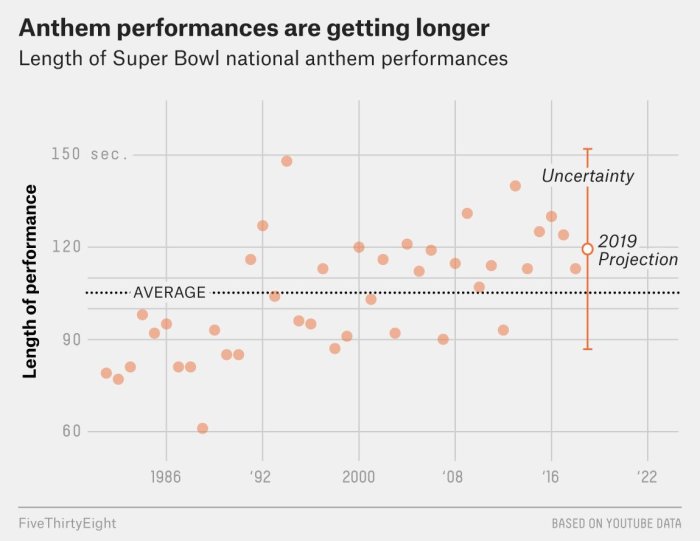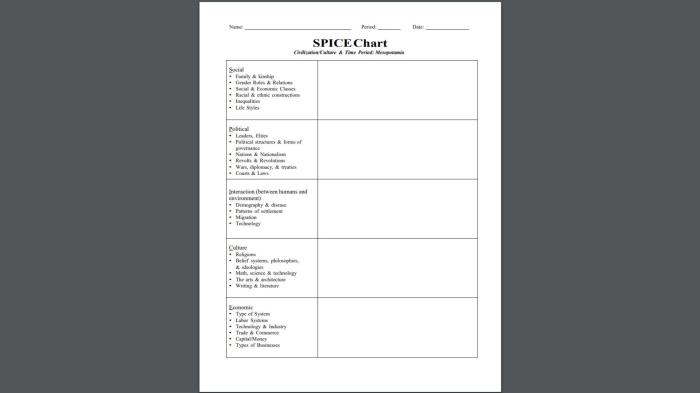Spice Chart AP World History takes us on a tantalizing journey through the world of spices, revealing their profound impact on global exploration, cultural exchange, and the development of human civilization.
From ancient civilizations to modern times, spices have been prized for their culinary, medicinal, and economic value, shaping the course of history in myriad ways.
Spice Trade Overview

The spice trade has a rich and multifaceted history, dating back to ancient times. It has played a pivotal role in shaping global exploration, economies, and culinary traditions.
In ancient and medieval societies, spices were highly prized for their economic, culinary, and medicinal properties. They were used as currency, flavoring agents, and remedies for various ailments.
Major Spices Traded
The major spices traded during this period included:
| Spice | Origin | Uses | Relative Value |
|---|---|---|---|
| Black Pepper | India | Culinary, medicinal | High |
| Cinnamon | Sri Lanka | Culinary, medicinal | High |
| Cloves | Indonesia | Culinary, medicinal | High |
| Nutmeg | Indonesia | Culinary, medicinal | High |
| Ginger | India, China | Culinary, medicinal | Moderate |
| Turmeric | India | Culinary, medicinal, dye | Moderate |
| Saffron | Persia | Culinary, medicinal, dye | Very high |
Spice Routes and Empires

The spice trade played a pivotal role in shaping the course of history, leading to the establishment of vast empires and the development of major trade routes that connected different regions of the world.
Major Spice Trade Routes
The Silk Road: This legendary trade route stretched from China to the Mediterranean Sea, facilitating the exchange of spices, silk, and other goods between East and West.
Indian Ocean Trade Network: This maritime network connected the Indian subcontinent, Southeast Asia, and East Africa, transporting spices, textiles, and precious stones.
Trans-Saharan Caravan Routes: These routes traversed the vast Sahara Desert, linking North Africa to sub-Saharan Africa and facilitating the trade of gold, ivory, and spices.
Empires and Civilizations
The control of spice trade routes bestowed immense wealth and power upon the empires and civilizations that dominated them.
- China:The Han dynasty controlled the eastern end of the Silk Road, reaping the benefits of the spice trade.
- Roman Empire:The Romans were major consumers of spices, driving the expansion of the spice trade network.
- Ottoman Empire:The Ottomans controlled the eastern Mediterranean and the spice trade routes to Europe.
- Portuguese Empire:The Portuguese established a maritime empire in the Indian Ocean, gaining control of the spice trade from the Arabs.
Map of Major Spice Trade Routes
[Provide a map illustrating the major spice trade routes and their connections to different regions of the world.]
While studying the spice chart for AP World History, I realized the importance of portable oxygen tanks, like grab and go oxygen tanks , for explorers venturing into uncharted territories. Just as spices played a crucial role in shaping global trade, these tanks could ensure the safety and well-being of adventurers navigating treacherous environments, allowing them to continue their exploration and uncover the secrets of the world.
European Exploration and the Spice Trade

The quest for spices was a driving force behind European exploration and colonization. Spices were highly valued in Europe, where they were used to flavor food, preserve meat, and treat illnesses. The search for spices led European explorers to venture into uncharted waters, establishing maritime trade routes to Asia and forever altering the course of global history.
The Role of the Portuguese and Spanish
The Portuguese were pioneers in spice exploration. In the 15th century, they established a maritime route around Africa to India, gaining control of the spice trade in the Indian Ocean. The Spanish followed suit, exploring the Americas in search of spices.
Their discovery of the New World led to the introduction of new spices to Europe, such as chili peppers and vanilla.
Impact on European Economies and Societies
The spice trade had a profound impact on European economies and societies. Spices were a luxury item, and their high prices fueled inflation and economic growth. The spice trade also led to the rise of new social classes, as merchants and traders grew wealthy from the lucrative trade.
Additionally, the influx of spices influenced European cuisine, art, and culture, leaving a lasting legacy on the continent.
Impact on World History

The spice trade had a profound global impact, influencing cultural exchange, the spread of ideas, and the development of new technologies. It fostered connections between diverse civilizations, facilitating the exchange of goods, knowledge, and cultural practices. The demand for spices spurred exploration and innovation, leading to the development of new maritime technologies and the expansion of global trade networks.
Social and Economic Transformations
The spice trade fueled the rise of merchant classes, particularly in port cities and trading hubs. Merchants played a crucial role in organizing and financing expeditions, amassing wealth and power. The trade also stimulated the growth of global trade networks, connecting producers in the East with consumers in the West.
This interconnectedness fostered economic growth and interdependence, shaping the development of global capitalism.
Major Historical Consequences, Spice chart ap world history
- Stimulation of exploration and the expansion of global trade
- Rise of merchant classes and the development of capitalism
- Cultural exchange and the spread of ideas
- Technological advancements in navigation and shipbuilding
- Establishment of global trade networks and economic interdependence
Q&A: Spice Chart Ap World History
What is the significance of the spice trade in ancient and medieval societies?
Spices were highly valued for their culinary, medicinal, and religious uses, and they played a key role in trade and diplomacy.
How did the spice trade contribute to European exploration?
The search for spices motivated European explorers to venture into uncharted territories, leading to the discovery of new lands and the establishment of global trade routes.
What were the major spice routes and empires involved in the spice trade?
The Silk Road, the Indian Ocean trade network, and the trans-Saharan caravan routes were the main spice routes, controlled by empires such as the Roman Empire, the Chinese Han Dynasty, and the Islamic caliphates.